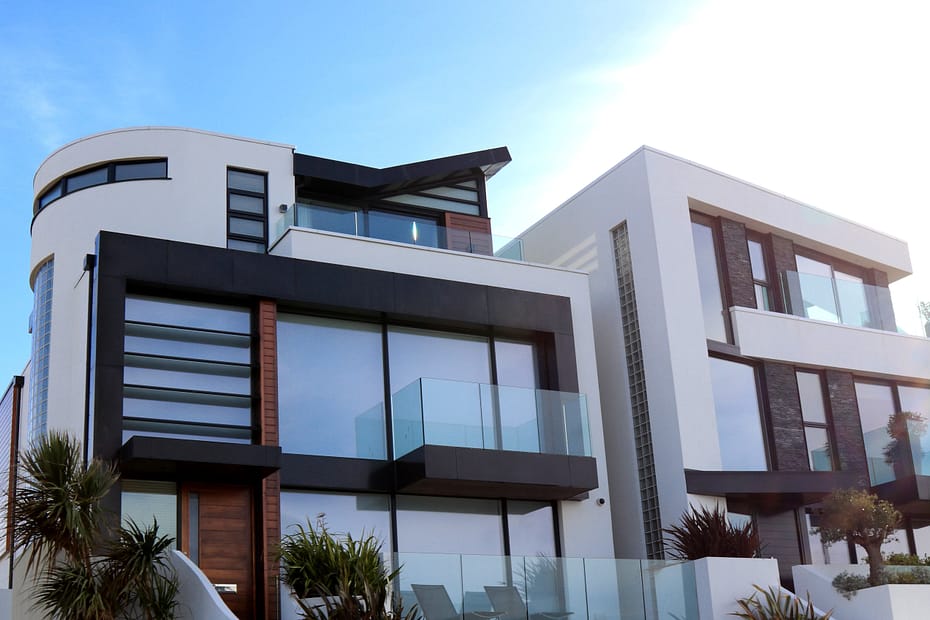It takes careful attention to detail and a deep comprehension of the components that go into creating a visually pleasing structure to design exterior facades that leave a lasting impression. The employment of profiles is a vital component that can improve any building’s looks. In the context of external facades, profiles are the forms, curves, and measurements that give the entire design depth and personality. We will discuss the significance of a profile in creating beautiful external facades in this step-by-step tutorial. Along with offering helpful advice to help you become an expert in this field.
Understanding the Importance of Profile in Designing External Facades
The profile is essential to an external facade’s overall visual impression. It chooses the lines, curves, and textures that give a building its overall look. Architects and designers can produce facades that are distinctive and make an impact by carefully choosing and combining profiles. Profiles can be utilized to draw attention to particular architectural details, harmonize with the surroundings, or give the design a little something extra. Whether it’s a public building, a residential complex, or a business building, the external facade profile determines the overall project mood.
Different Types of Profiles Used in External Facades
For the purpose of creating external facades, a vast array of profiles are available, each with unique qualities and uses. Let’s examine a few of the most widely utilized profiles in the fields of design and architecture.
Cladding Profiles: Cladding profiles are meant to give the external walls a layer of protection while also enhancing their aesthetic appeal. They can be modified to have varied textures and appearances and are available in a variety of materials, including wood, metal, and composite. Cladding profiles can be employed to produce a traditional, rustic, or modern feel because of their design versatility.
Window and Door Profiles: The purpose of window and door profiles is to improve the look and feel of apertures in external facades. Due of their diversity in sizes, forms, and materials, designers are able to create one-of-a-kind combinations that go well with the overall theme of the design. Window and door profiles can improve security, sound absorption, and energy efficiency while also giving the facade a refined appearance.
Ornamental Profiles: These decorative components have the power to elevate a plain exterior facade to the level of a work of art. These profiles are frequently employed to draw attention to particular architectural details including columns, arches, and cornices. To give the facade a feeling of grandeur and sophistication, ornamental profiles can be crafted from materials like stone, plaster, or concrete and can be quite intricately carved.
Step-by-Step Guide to Designing Stunning External Facades with Profile
Now that we know the value of profiles and the various kinds that are accessible. Let’s get started on a step-by-step tutorial on using profiles to construct beautiful external facades.
Step 1: Describe the Conceptual Design
Start by outlining the external facade’s general design concept. Take into account elements including the building’s intended use, architectural style, and surrounding landscape. This will assist you in choosing the right profile shapes and types to use in the design.
Step 2: Look Up and Choose Profiles
Look into the different profiles on the market and choose the ones that fit your design idea. Make sure the profiles’ materials, shapes, and textures blend in with the facade’s overall design and usefulness.
Third Step: Establish a Profile Layout
After the profiles have been chosen, make a blueprint or profile layout showing the locations of each profile on the facade. This will assist you in seeing the finished product and adjusting as needed before installation.
Step 4: Take Integration Into Account
When creating with profiles, it’s crucial to think about how they work with the windows, doors, and cladding. Among other components of the façade. Make sure the profiles improve and compliment these aspects rather than competing with them in order to get a design that is harmonious and unified.
Step 5: Upkeep and Installation
Lastly, install profiles according to the manufacturer’s instructions. To ensure lifespan and durability, make sure that sealing and attaching are done correctly. In order to maintain the external facade’s overall aesthetic appeal and keep the profiles in ideal shape, regular maintenance is also essential.
Tips and Tricks for Using Profile in External Facades
Balance and Proportion: Take note of how the profiles balance and proportion to the facade as a whole. Refrain from stuffing profiles or underusing them to preserve visual balance.
Lighting Effects: To draw attention to the profiles and provide striking effects at night, think about utilizing lighting features. This can improve the external facade’s overall visual impact.
Material Selection: Select profiles that are built to last the test of time using strong, weather-resistant materials. When choosing profiles, take into account aspects like long-term performance and maintenance needs.
The Benefits of Using Profile in External Facades
There are many advantages to using profiles in external facades that go beyond aesthetics. Let’s examine a few of the main benefits:
Enhanced Visual Appeal: The external facade is made more visually appealing and fascinating by the addition of profiles. This gives it depth, texture, and character.
Customization Options: With so many different profiles to choose from, designers are able to express their ideas through distinctive and customized facades.
Enhanced Functionality: By improving weather protection, energy efficiency, and sound insulation, profiles can boost a building’s overall performance.
Conclusion
Using profiles to create beautiful external facades demands careful planning, meticulous attention to detail, and an original vision. Through a comprehensive understanding of profiles, experimentation with many varieties, and adherence to a methodical approach, architects and designers can become proficient in crafting visually arresting facades that evoke a lasting impression. The external facades of commercial buildings, residential complexes, and public structures can be enhanced in both beauty and utility by the use of profiles. So, embrace the potential of profiles and realize how they may turn average structures into works of architectural art.
More on INJ Architects:

